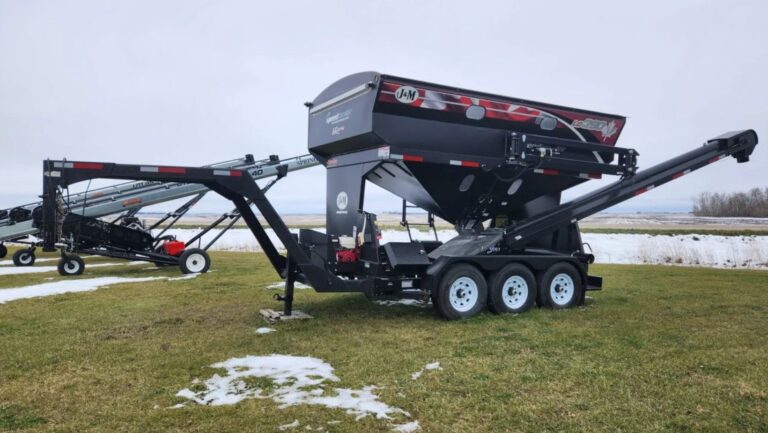In modern agriculture, efficiency and precision are key to a successful planting season. With the demand for higher yields and the need to optimize time in the field, farmers are always seeking ways to streamline operations. One piece of equipment that has revolutionized planting preparation is the commercial seed tender. These machines are designed to handle, transport, and deliver seeds directly to planters, ensuring that farmers can maximize their time and productivity during the busy planting season.
When it comes to choosing the right equipment for planting, many farmers turn to trusted suppliers like Avonlea Farm Sales, which provides high-quality seed tenders to meet the demands of large-scale operations. Investing in a commercial seed tender from a reputable supplier not only saves time but also contributes to a smoother planting process, setting the foundation for a more successful growing season.
Efficient Seed Handling and Delivery
One of the primary benefits of commercial seed tenders is their ability to handle large quantities of seed with ease. Whether you’re working with corn, soybeans, wheat, or other crops, the ability to efficiently load, transport, and deliver seed to your planters can significantly reduce downtime during planting. With a seed tender, you can quickly refill planters without manual labor, reducing the risk of injury and fatigue for workers while also keeping the planting schedule on track.
Commercial seed tenders are equipped with features that improve seed flow and minimize spillage. The automated systems allow for precise control over the delivery process, which helps to ensure that the right amount of seed is dispensed at each stop. This kind of precision is especially important in modern farming, where every seed counts, and even minor mistakes can affect overall crop performance.
Time-Saving Solutions
Time management is critical during the planting season, as windows of opportunity for optimal planting can be narrow. Delays in the field can lead to missed opportunities and reduced yields. Commercial seed tenders are designed to speed up the process by enabling faster seed refills. Farmers can load multiple planters in a fraction of the time it would take with traditional methods, allowing them to cover more ground each day.
Furthermore, seed tenders are mobile, allowing for easy transport between fields. This mobility is a game changer for farmers managing large tracts of land, as it eliminates the need for multiple trips back to a central seed storage area. Instead, farmers can bring the seed directly to the field, reducing travel time and keeping the focus on planting.
Reducing Waste and Maximizing Profit
Seed waste can be a significant issue during planting, especially when using manual methods of seed delivery. Overfilling, spillage, and uneven distribution can all lead to wasted resources and increased costs.
Commercial seed tenders are designed to reduce waste by ensuring a consistent and controlled flow of seed. The precision of these machines helps farmers optimize the amount of seed used per acre, which ultimately reduces costs and improves profitability.
In addition to reducing waste, seed tenders help preserve seed quality. Many models are equipped with features that minimize seed damage during transport and delivery. By protecting the integrity of the seed, farmers can ensure better germination rates and healthier crops, leading to improved yields.
Enhancing Productivity with Automation
The automated features of modern seed tenders allow for easy operation and reduce the need for manual labour, freeing up farmers to focus on other important tasks during the planting season.
Many commercial seed tenders also come with advanced tracking and monitoring systems, enabling farmers to keep a close eye on seed usage and planter refills. This data-driven approach helps optimize planting operations and allows for more accurate planning and forecasting for future seasons.






